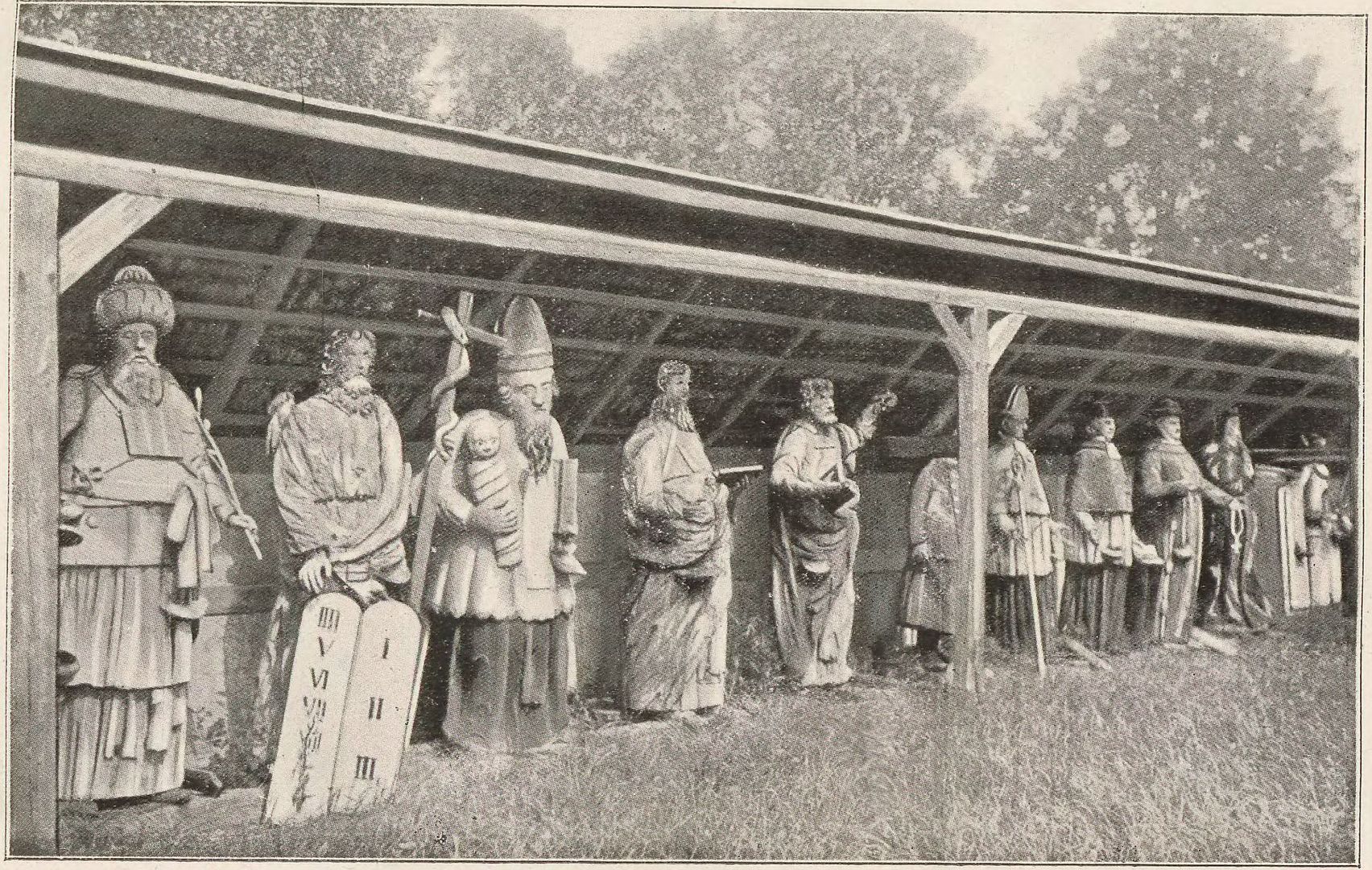Manor house
6.96

Overview
Dworek, a village in Poland located in the Lower Silesian Voivodeship, Lwówek Śląski County, boasts a rich history dating back to the 13th century. The first written mention of the village comes from 1326, when its owner, Albrecht the Rich, married Lady Berlingen. After his death, the village passed into the hands of Henryk von Bach and was later sold to the town council of Lwówek Śląski by the prioress of the Nowogrodziec convent, Anna von Berschdorf, in 1405. Dworek witnessed many events, including destruction by the Hussites and drastic population losses during the Thirty Years' War—by 1642, only two people lived there. These demographic losses are also evident in later centuries, as according to the 2011 National Census, the village had only 100 inhabitants. Dworek is situated on the hills of the Kaczawskie Foothills, bordering various towns, including Lwówek Śląski and Pieszków, with part of the village lying within the Bóbr Valley Landscape Park. Within its bounds grows the pedunculate oak "Łowczy," a natural monument with an impressive circumference of 440 cm. The cultural heritage of Dworek includes the history of a local apiary, run by the renowned beekeeper Hermann Vogt, which featured carved wooden figures of the twelve apostles. These figures, dating back to the 14th century, survived subsequent wars, though many were destroyed during World War II. The preserved beehives were moved to museums, and in 2012, four of them were recreated. Despite multiple destructions, Dworek's architecture has retained some historical elements, making this village an interesting destination for enthusiasts of history and regional culture.
Location
2025 Wizytor | All Rights Reserved